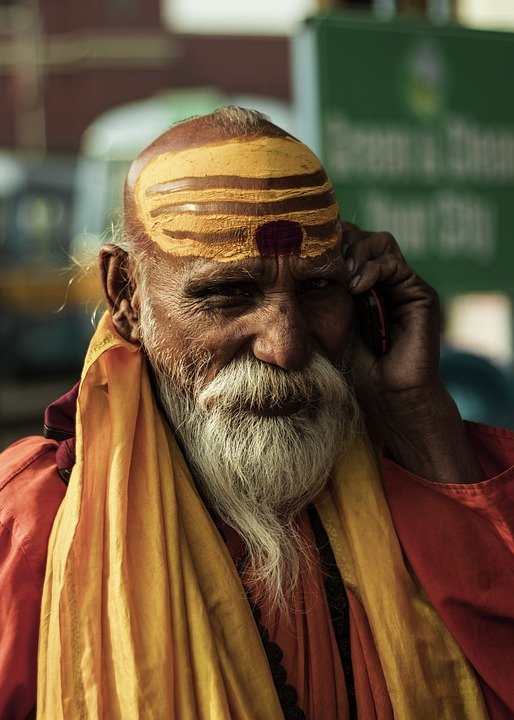Here is an article on India’s sporting renaissance.
India’s Sporting Renaissance: Beyond Cricket, a Nation’s New Champions Emerge
For decades, the soundtrack of Indian sports was the rhythmic thud of leather on willow, the roar of a crowd for a six, and the collective gasp for a dropped catch. Cricket wasn’t just a sport; it was a religion, a unifier, and the primary lens through which the nation viewed its athletic prowess. But a quiet, powerful shift has been underway. The roar of the crowd is now also for a javelin slicing through the air, a shuttlecock smashed across a net, and a checkmate on a 64-square board.
India is in the midst of a genuine, multi-sport renaissance. While cricket’s throne remains secure, it now shares the kingdom with a vibrant court of champions from diverse disciplines. This is the story of a nation finding new heroes and redefining its sporting identity.
The New Pantheon of Heroes
The most potent symbol of this change is Neeraj Chopra. His historic gold medal in javelin throw at the Tokyo Olympics wasn’t just a personal triumph; it was a national awakening. An Indian standing atop the podium in track and field—a domain long considered out of reach—shattered a psychological barrier. Chopra became the poster boy for a new, ambitious India that dared to dream beyond the cricket pitch.
But he is far from alone. The badminton court has become a consistent source of national pride. Following in the footsteps of trailblazer Saina Nehwal, PV Sindhu has become a global force with two Olympic medals and a World Championship title. The men are not far behind, with the dynamic duo of Satwiksairaj Rankireddy and Chirag Shetty conquering world tournaments and becoming the world’s No. 1 pair.
In the gritty arenas of combat sports, Indian athletes are packing a powerful punch. The legendary Mary Kom inspired a generation of boxers like Nikhat Zareen and Lovlina Borgohain, who are now world champions and Olympic medalists in their own right. Similarly, wrestlers like Bajrang Punia, Vinesh Phogat, and Sakshi Malik have grappled their way to international glory, their stories of tenacity from the heartlands of Haryana captivating the nation.
Even the cerebral game of chess has seen a meteoric rise. A new wave of teenage grandmasters, led by the prodigious R. Praggnanandhaa, D. Gukesh, and Arjun Erigaisi, are challenging the global elite, signaling a checkmate to the old notion that Indian sporting genius was confined to physical contests.
And in a story of glorious revival, the Indian men’s hockey team ended a 41-year Olympic medal drought with a bronze in Tokyo, rekindling a national love for a sport that once defined India.
The Catalysts of Change
This transformation is not accidental. It is the result of a confluence of factors that have created a supportive ecosystem for athletes.
-
Government Backing and Vision: Initiatives like the Khelo India Games are working at the grassroots to identify and nurture young talent. At the elite level, the Target Olympic Podium Scheme (TOPS) has been a game-changer, providing top athletes with personalized training, international exposure, and financial support, freeing them to focus solely on their performance.
-
The Private Sector Steps Up: Corporates and non-profit organizations like the JSW Group and Olympic Gold Quest (OGQ) have stepped in to bridge critical gaps. They provide world-class infrastructure, sports science expertise, and mentorship, operating with a professionalism that is helping to create a winning culture.
- A Shift in Mindset and Media: The media landscape has evolved. While cricket still dominates, broadcasters and digital platforms are giving significant airtime to other sports, turning athletes like Chopra and Sindhu into household names and bankable brands. This increased visibility has inspired countless children to pick up a javelin, a racket, or a hockey stick. Crucially, parental attitudes are changing. Sports is no longer seen as just a hobby but as a viable, respected, and lucrative career path.
The Hurdles Ahead
While the progress is undeniable, the path forward is not without its challenges. The system is still grappling with bureaucratic hurdles in some sports federations. Ensuring that funding and infrastructure development percolate down to the district and village levels remains a significant task. Moreover, sustaining this momentum and avoiding complacency will be key to cementing India’s place as a true multi-sport powerhouse.
A New Sporting Dawn
Cricket is, and will remain, a cherished part of India’s cultural fabric. But it is no longer the only story. The nation’s sporting narrative is becoming richer, more diverse, and more inclusive. The roar of the crowd is no longer reserved for a boundary at the Wankhede; it now echoes for a perfect 10 in shooting, a podium finish in archery, and a tactical masterclass in hockey.
This is India’s sporting renaissance. It’s a story being written not by one team, but by a legion of determined individuals from every corner of the country. It’s a story of a nation that is learning to cheer for all its champions, in every arena where the tricolour is raised high. The game has just begun.

